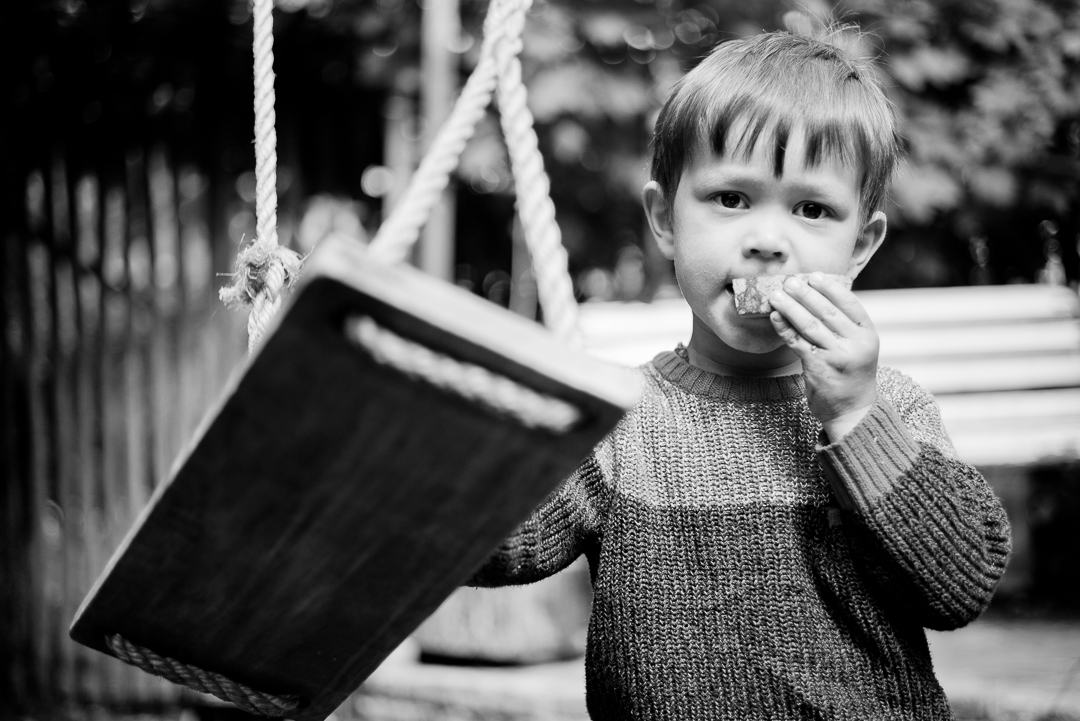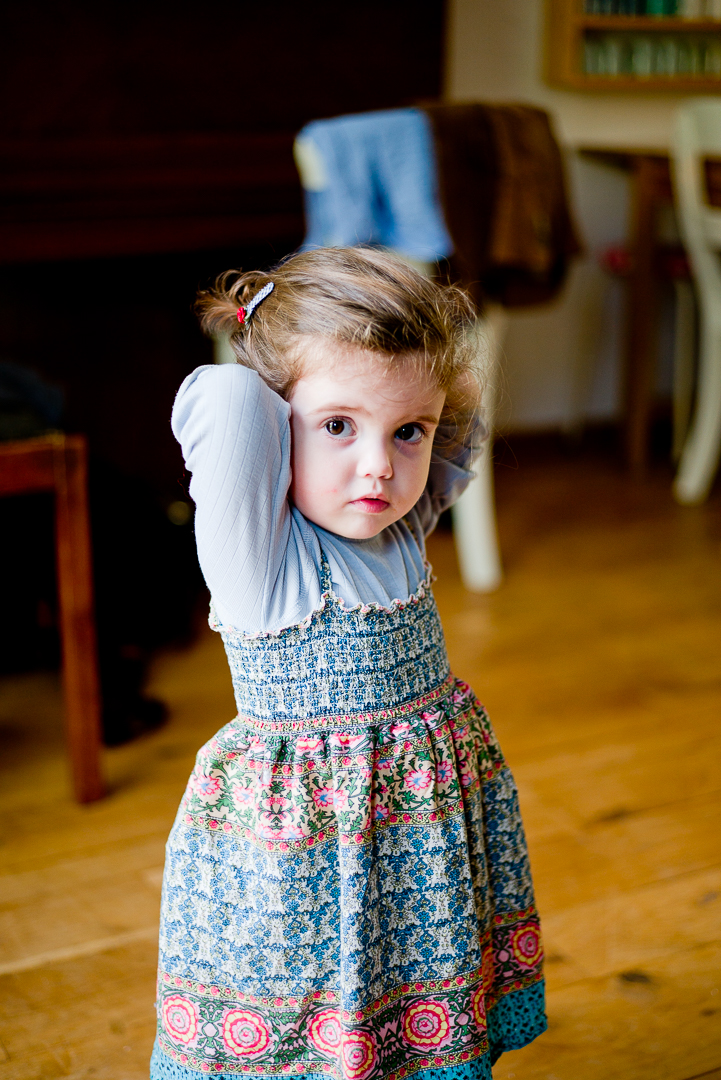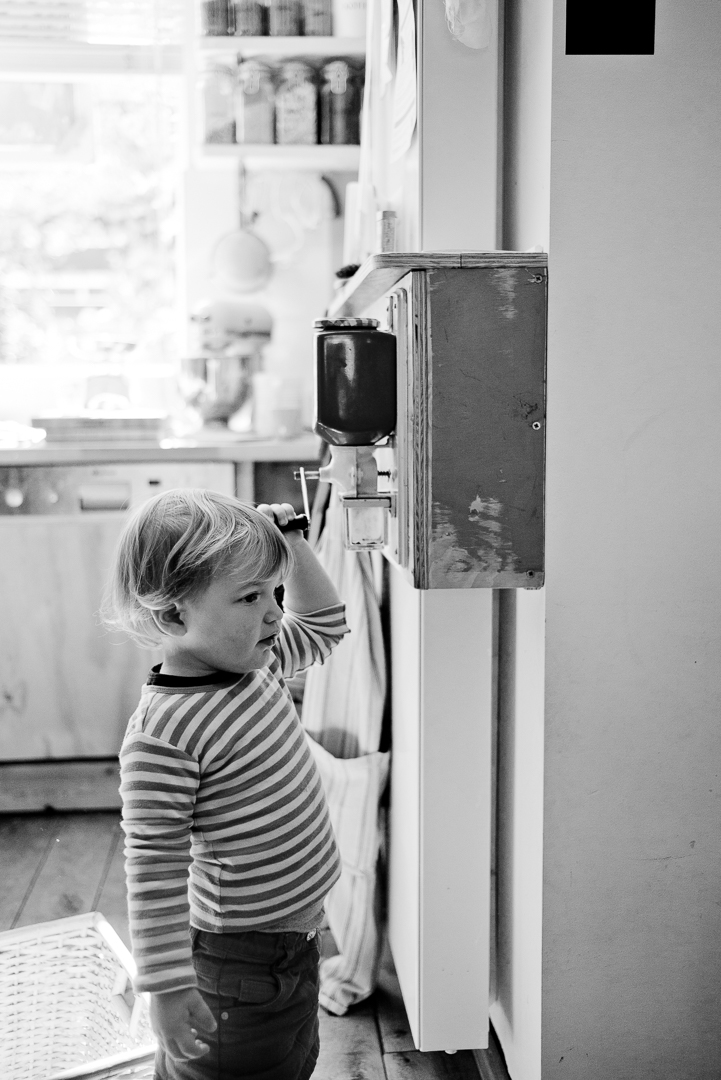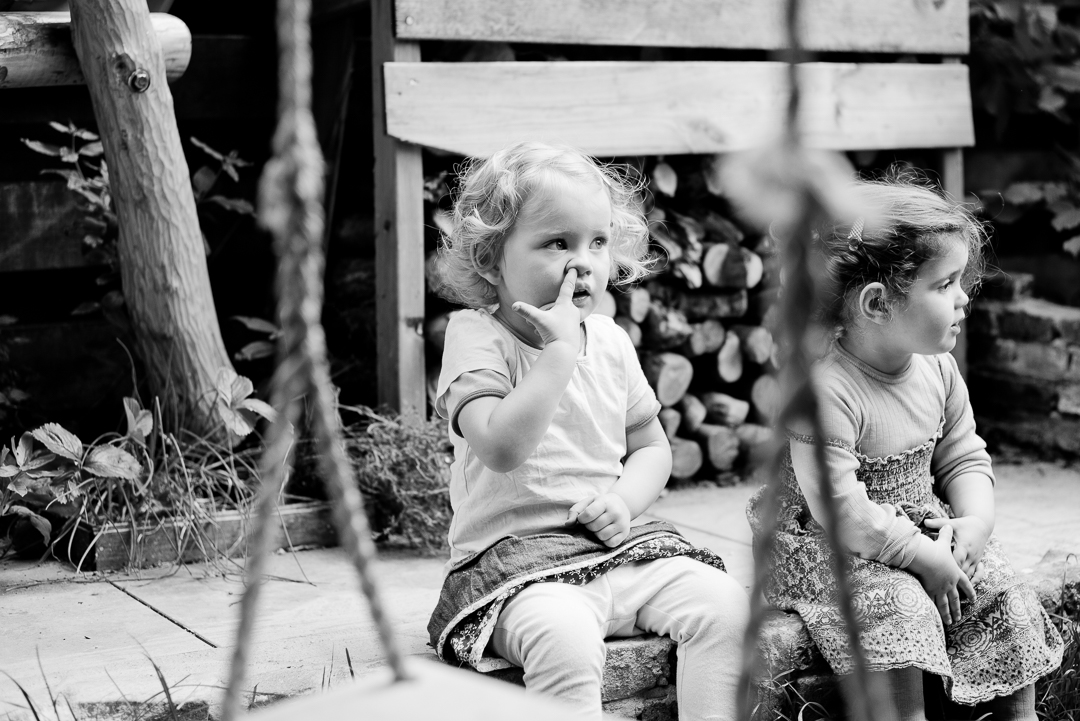A few months ago my friend Susannah, who runs a child nursery, asked me if I’d be interested to shoot some portraits of ‘her’ children. Let me begin by saying that her nursery is not a very typical nursery. She runs the business in her own house with lots of attention and love for her little customers. They bake pies, play with wooden toys, pick berries in the garden and in the meantime, they get to eat lots of healthy, organic food.
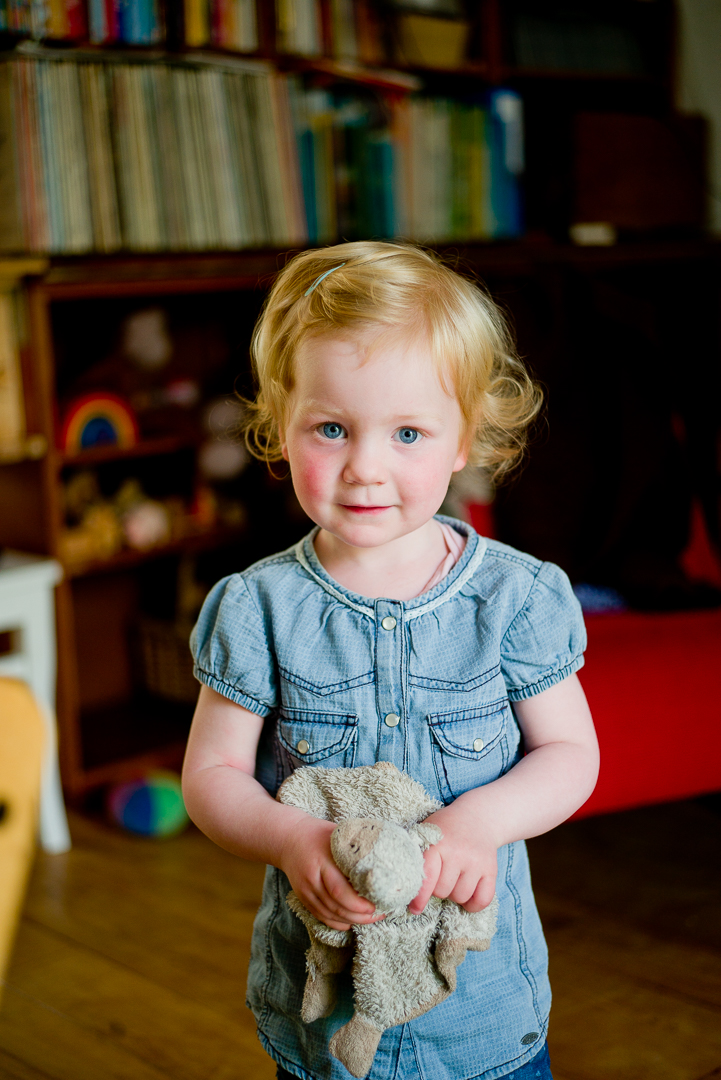
When she asked about the portraits I was afraid she meant I’d have to take clean shots, with a white or blue background, lighted with a big studio flash and the kids staring at the lens with a forced grin, most of us impose on children that face a camera. Luckily, that’s not what she wanted. Instead, she wanted real life shots of the kids in the way they really are. Playing, talking, thinking, staring, laughing…
When I see these portraits I can’t help but feel sorry for all children who’s parents made their children ‘say cheese’ on every occasion…
I decided to keep it as simple as possible. I took my M240, my 35 and 50 summicron and nothing else. Fortunately, the light was good. Some sun, but not too harsh and most of it was filtered through the leaves of the trees. Just perfect for available light shooting. Of course, I’d lie if I said that I stayed unnoticed. With little kids, that’s impossible if you’re in the same room with them. They stare at you, curious as they are and I used these first moments to catch some of this mix of curiosity and shyness. When I see these portraits I can’t help but feel sorry for all children who’s parents made their children ‘say cheese’ on every occasion. Why on earth are we so obsessed with the idea that we need to smile in front of a camera? And why do we make our children smile, while their natural expression is far more interesting?
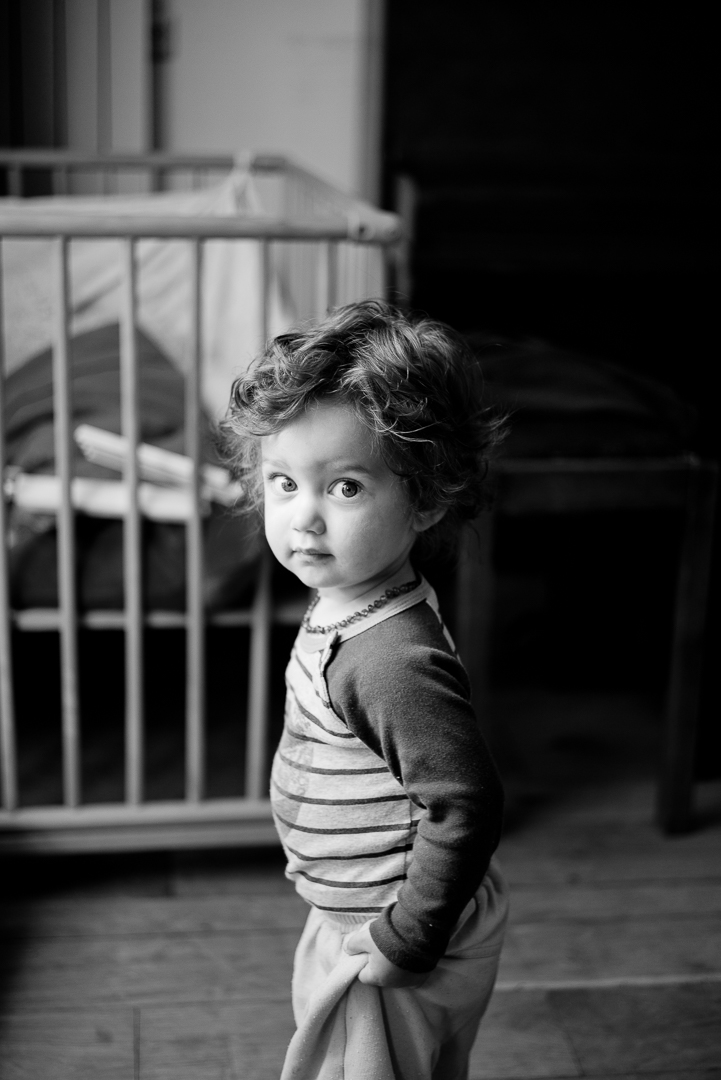
One of the photographer I truly admire is Peter – I don’t even know his real last name – of the blog Prosophos. He has been documenting his own family life, which he calls ‘Life’s little moments’. I think there is no better description for what he does. He just takes pictures of little things that happen in his house, the garden and places they visit. His pictures are real masterpieces, not because they are technically very good – though they are-, but because the perfect timing of his shots. There is some kind of tenderness in his pictures that can be felt very clearly. Even though you never met the family, after a while you actually start thinking that you know the different characters. It also helps that he obviously shares a passion for rangefinder cameras and a deep interest in the rendering of different lenses with me.
Some people say that playing children are too fast and too unpredictable to capture with a rangefinder camera…
After these first few moments, the kids started doing what they like best: playing. Now all I did was watch them playing, waiting for something interesting to happen and capture that moment. Some people say that playing children are too fast and too unpredictable to capture with a rangefinder camera. I think it’s not that hard, at least if you’re experienced enough. In this case experience is comprised of two components: the ability to anticipate the moment and the ability to quickly focus your camera. The second component can be learned in a very effective way. The first component can be learned by watching peoples behavior. If you do that enough, you’ll discover patterns and you’ll learn that anticipation will result in better pictures. Maybe the hardest shots were the ones on the swing. But even that can be anticipated, because even a swing follows a very logical pattern. In fact, it would be a very good exercise to try to keep a kid on a swing in focus all the time. Just try it.
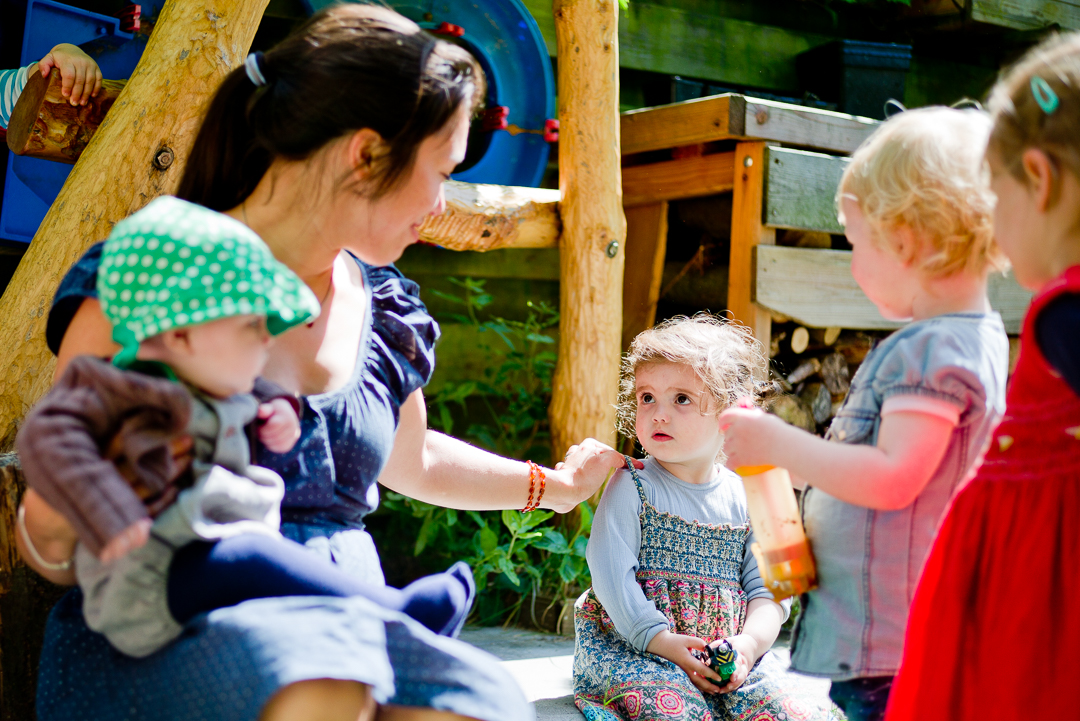
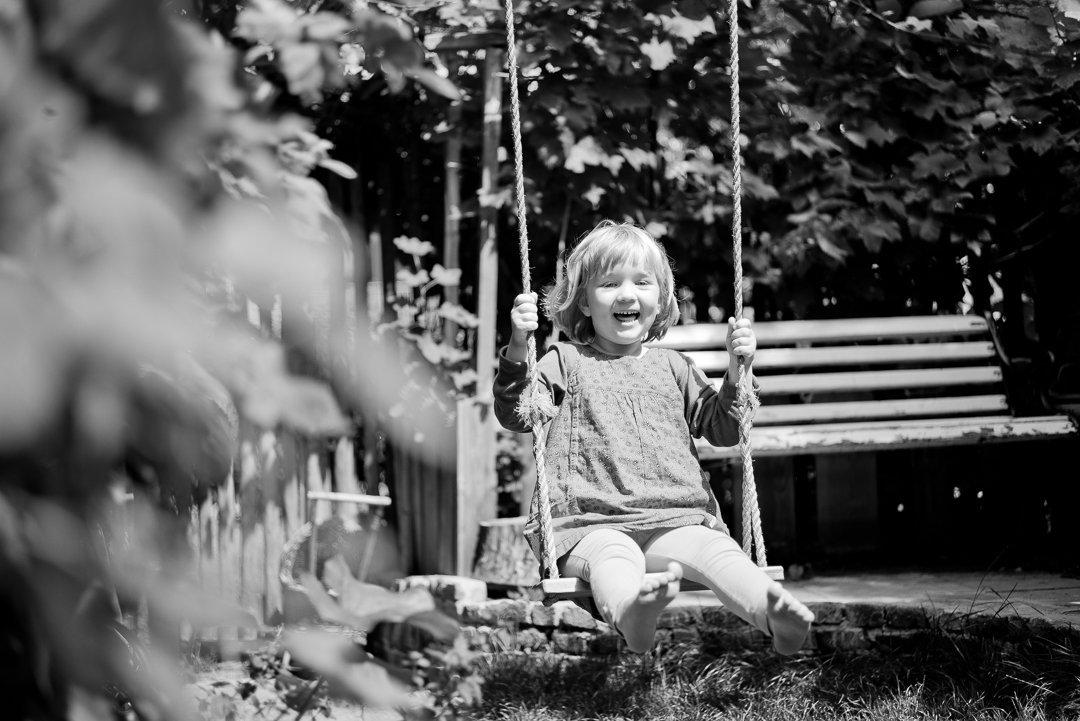
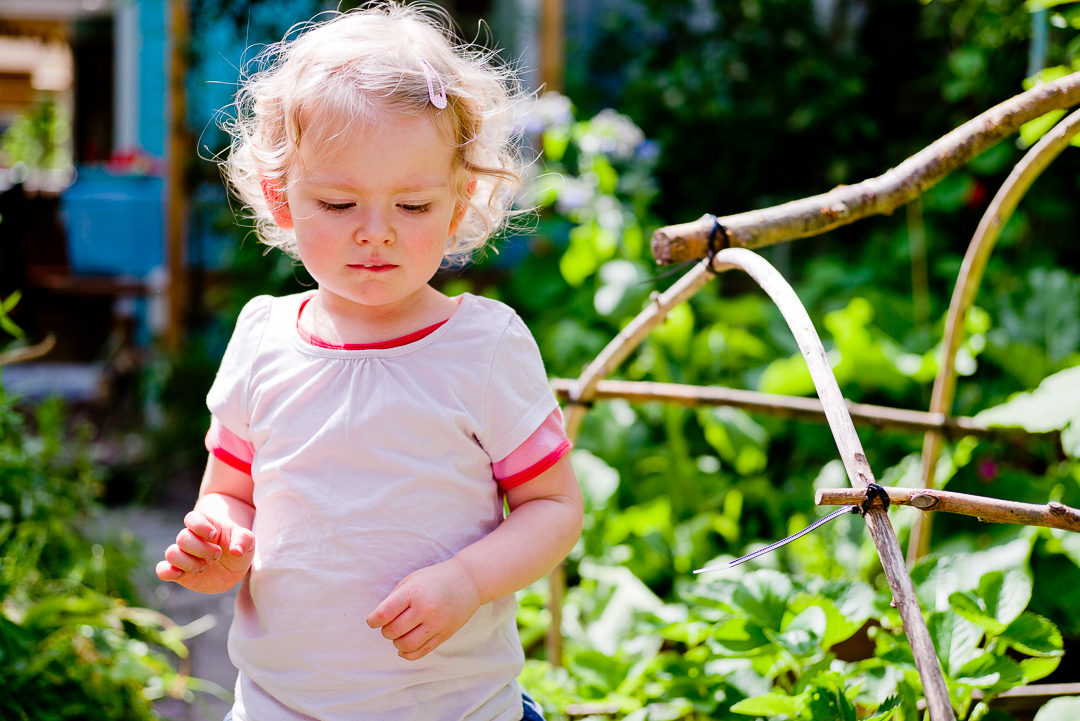
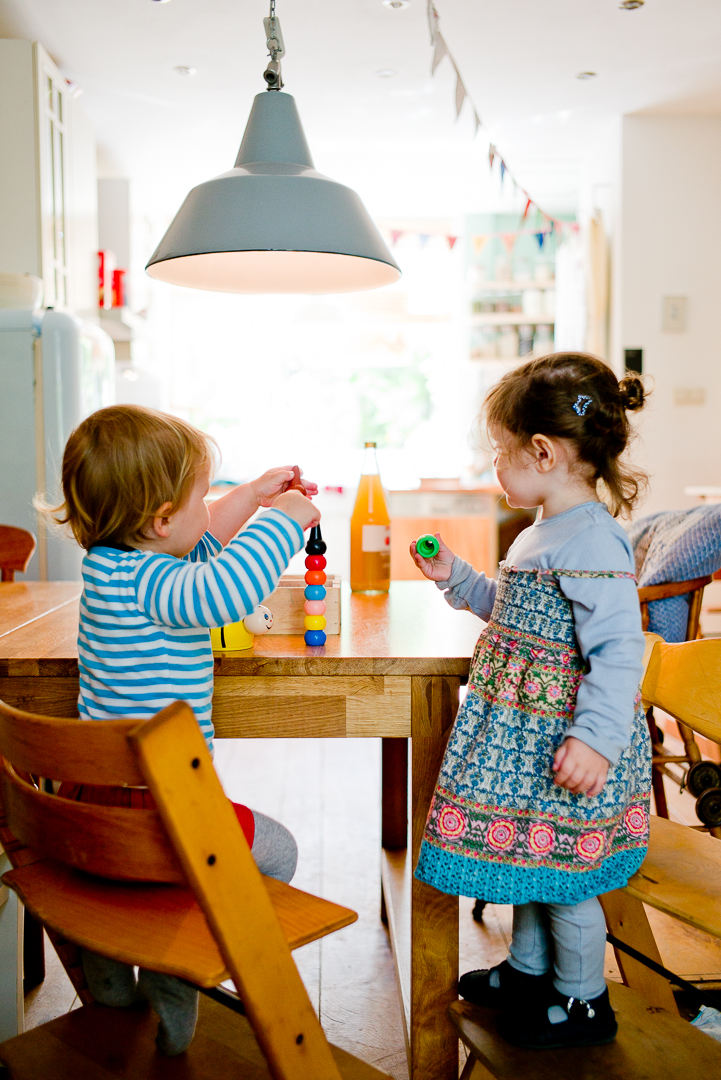
Finally, some advice:
- Kneel down to get to their level when you’re shooting kids
- Focus on the moments. They may last only a second
- You will miss moments: don’t be upset that you missed them, be thankful that you saw them. It means you have an eye for moments.
